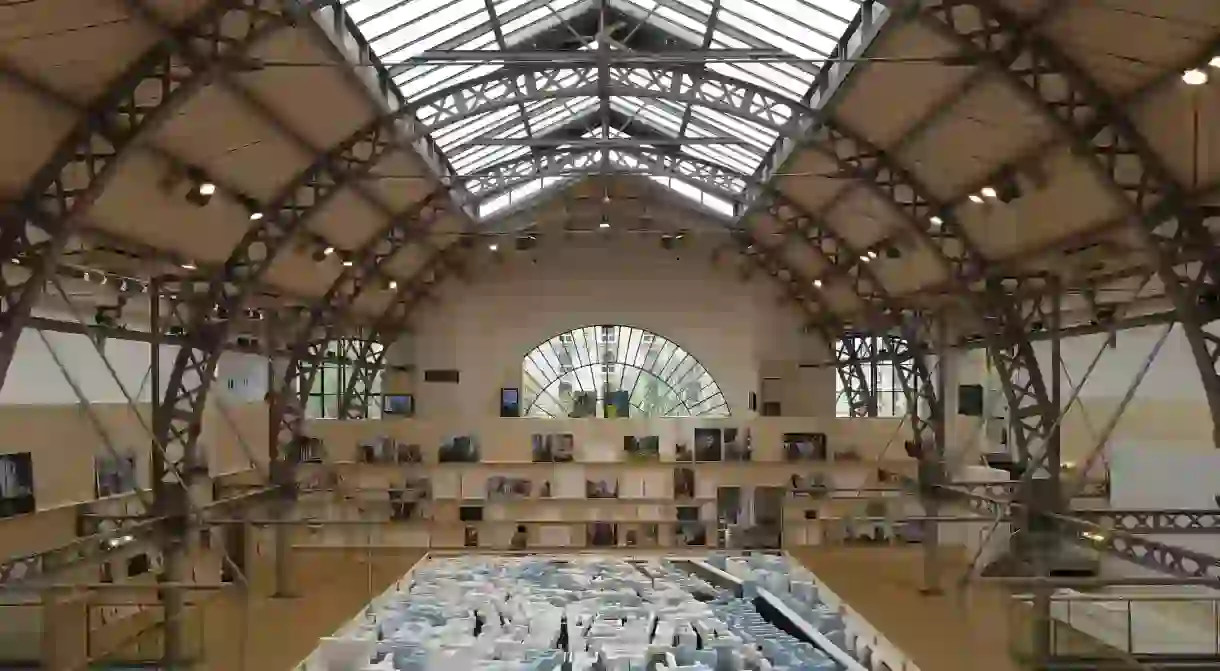The History of Paris's Pavillon de l’Arsenal in One Minute

No, British football fans, the Pavillon de l’Arsenal is not a museum dedicated to Thierry Henry’s former North London club. It is Paris’s centre for architecture and urbanism. Hidden away in a peaceful neighbourhood between the Marais, Bastille and the Seine, the building is an invaluable resource for anyone looking to get under the concrete skin of one of the world’s most fascinating metropolitan areas.
The patch of land on which the Pavillon de l’Arsenal now resides was once a city island, the Île Louviers, until the decision was made in 1843 to fill in the narrow extent of the Seine separating it from the right bank, creating what is now the Boulevard Morland. Long before the 19th century, it had been the site of a Celestine monastery, which was later converted into the royal gunpowder store, hence the museum’s name.
The building was designed by the architect Clément and constructed between 1878 and 1879 for Laurent-Louis Borniche, a wealthy wood merchant and amateur painter. Borniche hoped to create a public museum to display his 2,000 paintings. However, upon his death in 1883, his daughter sold all of his artworks and rented the space to the Rivoire & Carret pasta company. Successive tenants of the building included a liquor merchant, a restaurant, a textile workshop and, following the city’s purchasing of the premises in 1954, an archive.
After more than 30 years in its first municipal function, the building was renovated and transformed into an information centre, publishing house and exhibition space. Every year since its opening in December 1988, the Arsenal has produced 30 thematic exhibitions and 10 publications and run 300 guided tours, 150 workshops and 70 conferences. It welcomes 200,000 visitors annually, 8,000 of them children, from 50 nationalities.
The museum’s permanent, 800sqm (8,611sqft) exhibition shows how Paris, its suburbs and their varied architecture have evolved over time. It includes a 37sqm (398sqft) digital model, entitled Paris, Metropole 2020, which utilises 17 computers, 48 LCD screens and Liquid Galaxy and Google Earth software to allow users to explore the city in a new and dynamic way. A version of the experience is also available on its website. There is even space for three further temporary exhibitions.













